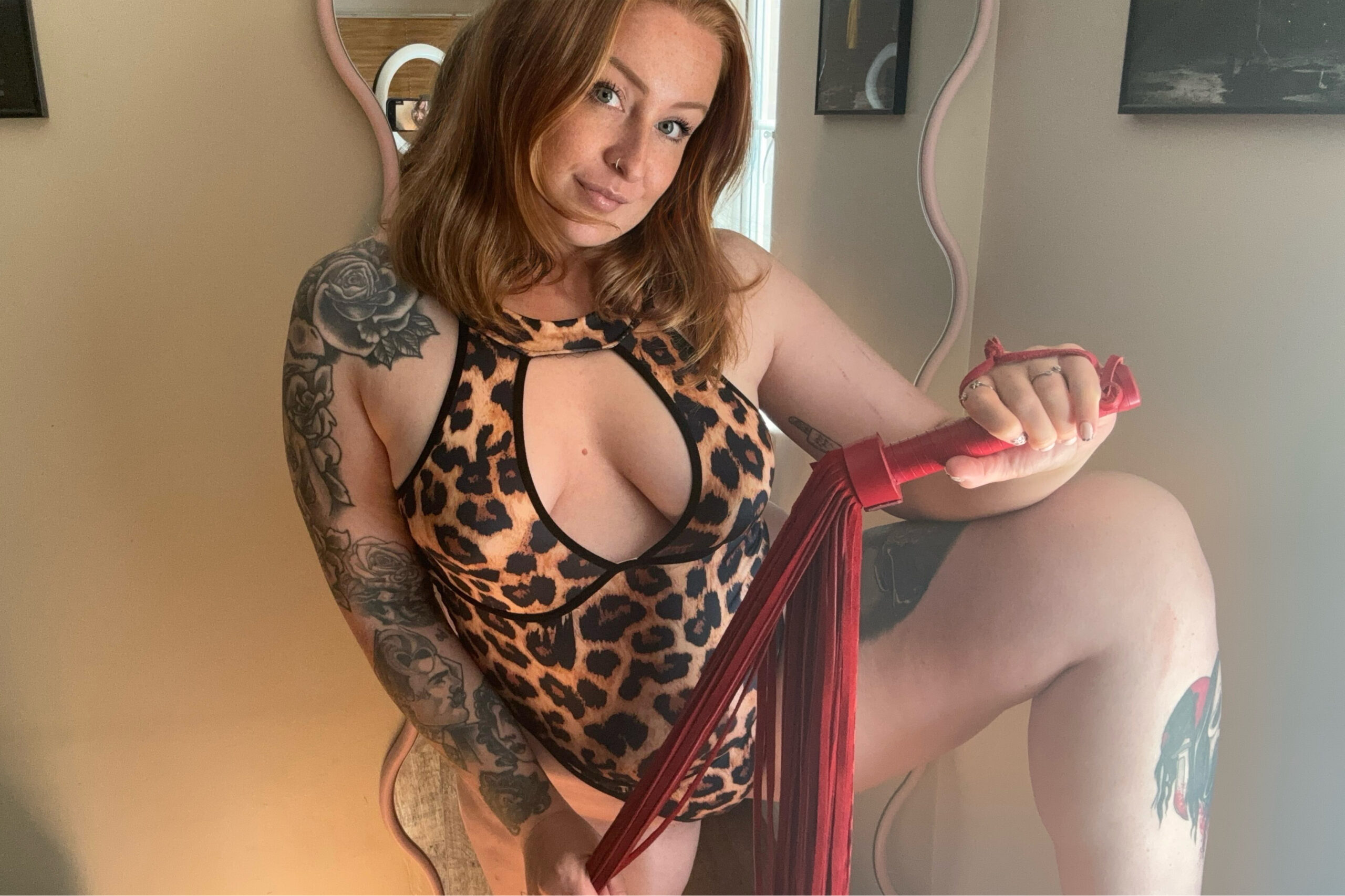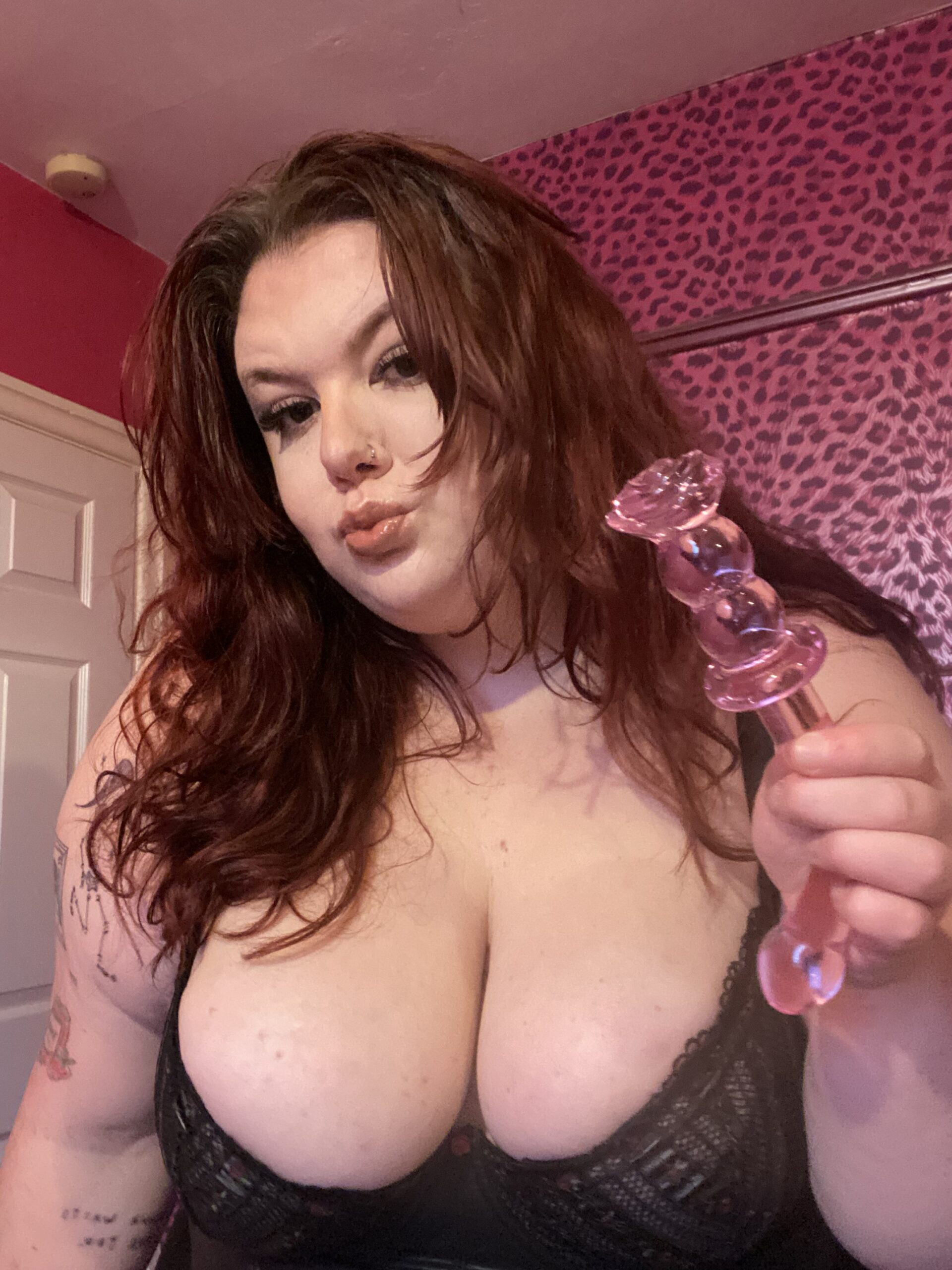Understanding Pansexuality
In an increasingly diverse world, understanding different expressions of love and attraction becomes ever more important. This exploration delves into the concept of pansexuality, a sexual orientation characterized by attraction to individuals regardless of their gender identity or expression.
Definition and Meaning
Pansexuality is an umbrella term encompassing romantic and/or sexual attraction to people regardless of their gender identity or expression. Individuals who identify as pansexual are attracted to a wide spectrum of genders, including but not limited to men, women, transgender individuals, non-binary individuals, and genderfluid individuals.
It’s important to distinguish pansexuality from bisexuality, which generally refers to attraction to two genders. While there can be overlap, pansexuality emphasizes attraction to all genders, including those outside the traditional binary of male and female.
For pansexual individuals, gender is not a determining factor in their attraction. They may find themselves drawn to people based on personality, shared values, or emotional connection, regardless of their gender identity.

Distinguishing Pansexuality from Bisexuality
Understanding how individuals experience and express love and attraction is crucial in fostering inclusivity and respect. Pansexuality is a sexual orientation that highlights this complexity, emphasizing attraction beyond traditional gender binaries.
At its core, pansexuality involves romantic and/or sexual attraction to people regardless of their gender identity or expression. This means pansexual individuals can be attracted to men, women, transgender individuals, non-binary individuals, genderfluid individuals, and anyone else, regardless of their gender presentation.
While there’s often confusion surrounding the terms “pansexuality” and “bisexuality,” it’s important to recognize their nuances. Bisexuality generally refers to attraction to two genders, whereas pansexuality encompasses attraction to all genders, including those beyond the traditional male/female binary.
For pansexual individuals, gender is not a defining factor in their attraction. They may be drawn to someone based on personality traits, shared interests, or emotional connections, regardless of the person’s gender identity.
Experiences of Pansexual Individuals
Exploring the spectrum of human experiences, we encounter diverse expressions of love and attraction. Pansexuality stands as a testament to this complexity, encompassing romantic and/or sexual attraction to individuals regardless of their gender identity or expression.
Coming to Terms with One’s Identity
Coming to terms with pansexual identity can be a deeply personal journey, marked by introspection, self-discovery, and a gradual understanding of one’s own attractions. Some individuals may realize their pansexuality early in life, while others may take longer to identify and accept this aspect of themselves.
For many, the process begins with questioning traditional notions of gender and attraction. They might find themselves attracted to people of various genders without adhering to binary expectations. This can lead to internal conflict and confusion as they try to reconcile their experiences with societal norms and expectations.
Connecting with others who share similar experiences can be incredibly empowering for pansexual individuals. Finding a community where they feel accepted and understood allows them to validate their feelings, learn from others’ journeys, and build a sense of belonging.
Coming out as pansexual can be both liberating and challenging. Sharing one’s identity with loved ones, friends, or the wider world can be met with support, curiosity, and unfortunately, sometimes, negativity or misunderstanding.
Relationships and Dating
Navigating relationships and dating as a pansexual individual can present unique experiences.

- Finding partners who are open-minded and accepting of their pansexuality is crucial for building healthy and fulfilling relationships.
- Communication and honesty are paramount in establishing trust and understanding with potential partners.
- Education about pansexuality can help break down misconceptions and foster greater inclusivity within dating communities.
Like anyone else, pansexual individuals seek companionship, intimacy, and emotional connection. Their experiences in relationships are diverse and multifaceted, shaped by individual personalities, values, and relationship dynamics.
Challenges and Discrimination
While societal acceptance of pansexuality is growing, challenges and discrimination persist. Pansexual individuals may face prejudice from family members, friends, or within broader society.
Some people struggle to understand or accept the concept of pansexuality, leading to misconceptions and stereotypes.
Discrimination can manifest in various forms, including verbal harassment, social exclusion, and even physical violence.
Access to healthcare and support services may also be limited for pansexual individuals, as they may encounter bias from medical professionals or lack access to culturally competent care.
It’s essential to create a more inclusive and accepting society where pansexual individuals feel safe, respected, and empowered to live authentically.
Promoting education, fostering open dialogue, and challenging harmful stereotypes are crucial steps in dismantling prejudice and creating a world where love knows no bounds.
Cultural Representations and Social Perceptions
Cultural representations significantly influence how we perceive and understand different aspects of human experience, including sexual orientation.
Media Portrayals
The media often plays a role in shaping societal perceptions of pansexuality. Positive and accurate portrayals can help raise awareness, foster understanding, and challenge stereotypes. On the other hand, negative or inaccurate representations can perpetuate harmful misconceptions.

It’s important to critically evaluate how pansexuality is depicted in various forms of media, such as movies, television shows, music, and advertising.
Looking for diverse and nuanced representations that showcase the experiences of pansexual individuals in a respectful and authentic way can help broaden understanding and combat harmful stereotypes.
Societal Attitudes and Acceptance
Cultural representations significantly influence how we perceive and understand different aspects of human experience, including sexual orientation.
The media often plays a role in shaping societal perceptions of pansexuality. Positive and accurate portrayals can help raise awareness, foster understanding, and challenge stereotypes. On the other hand, negative or inaccurate representations can perpetuate harmful misconceptions.
It’s important to critically evaluate how pansexuality is depicted in various forms of media, such as movies, television shows, music, and advertising.
Looking for diverse and nuanced representations that showcase the experiences of pansexual individuals in a respectful and authentic way can help broaden understanding and combat harmful stereotypes.
Societal attitudes toward pansexuality vary widely across cultures and communities. Some societies are more accepting and inclusive, while others may hold more traditional views and express prejudice or discrimination against pansexual individuals.
Changing societal attitudes often involves a combination of factors, including increased visibility of pansexual people in media, education, advocacy efforts, and legal protections.
Creating a more accepting and equitable society requires ongoing dialogue, empathy, and a willingness to challenge harmful stereotypes and prejudices.
Acceptance of pansexuality is essential for creating a just and inclusive world where all individuals can live authentically and freely express their identities.
Supporting Pansexual Individuals
Understanding and supporting pansexual individuals is crucial in fostering inclusivity and respect in our increasingly diverse world. Pansexuality is a sexual orientation characterized by attraction to people regardless of their gender identity or expression. Recognizing this form of love and attraction as valid and worthy of acceptance is essential for creating a more equitable and understanding society.
Creating Inclusive Environments
Supporting pansexual individuals starts with education and open communication. It involves learning about pansexuality, understanding the nuances of its definition, and challenging any misconceptions or stereotypes that may exist.
Creating inclusive environments means ensuring that pansexual people feel safe, respected, and valued for who they are. This can involve using inclusive language, respecting their pronouns, and creating spaces where they feel comfortable expressing themselves without fear of judgment or discrimination.
Allyship is crucial in this process. Allies can speak out against prejudice and discrimination, advocate for the rights of pansexual individuals, and create a more welcoming and supportive environment for everyone.
Educating Others About Pansexuality
Pansexuality is an umbrella term encompassing romantic and/or sexual attraction to people regardless of their gender identity or expression. Individuals who identify as pansexual are attracted to a wide spectrum of genders, including but not limited to men, women, transgender individuals, non-binary individuals, and genderfluid individuals.
It’s important to distinguish pansexuality from bisexuality, which generally refers to attraction to two genders. While there can be overlap, pansexuality emphasizes attraction to all genders, including those outside the traditional binary of male and female.
For pansexual individuals, gender is not a determining factor in their attraction. They may find themselves drawn to people based on personality, shared values, or emotional connection, regardless of their gender identity.
Understanding how individuals experience and express love and attraction is crucial in fostering inclusivity and respect. Pansexuality is a sexual orientation that highlights this complexity, emphasizing attraction beyond traditional gender binaries.
At its core, pansexuality involves romantic and/or sexual attraction to people regardless of their gender identity or expression. This means pansexual individuals can be attracted to men, women, transgender individuals, non-binary individuals, genderfluid individuals, and anyone else, regardless of their gender presentation.
While there’s often confusion surrounding the terms “pansexuality” and “bisexuality,” it’s important to recognize their nuances. Bisexuality generally refers to attraction to two genders, whereas pansexuality encompasses attraction to all genders, including those beyond the traditional male/female binary.
For pansexual individuals, gender is not a defining factor in their attraction. They may be drawn to someone based on personality traits, shared interests, or emotional connections, regardless of the person’s gender identity.
Coming out as pansexual can be both liberating and challenging. Sharing one’s identity with loved ones, friends, or the wider world can be met with support, curiosity, and unfortunately, sometimes, negativity or misunderstanding.
Navigating relationships and dating as a pansexual individual can present unique experiences.
- Finding partners who are open-minded and accepting of their pansexuality is crucial for building healthy and fulfilling relationships.
- Communication and honesty are paramount in establishing trust and understanding with potential partners.
- Education about pansexuality can help break down misconceptions and foster greater inclusivity within dating communities.
Like anyone else, pansexual individuals seek companionship, intimacy, and emotional connection. Their experiences in relationships are diverse and multifaceted, shaped by individual personalities, values, and relationship dynamics.
While societal acceptance of pansexuality is growing, challenges and discrimination persist. Pansexual individuals may face prejudice from family members, friends, or within broader society.
Some people struggle to understand or accept the concept of pansexuality, leading to misconceptions and stereotypes.
Discrimination can manifest in various forms, including verbal harassment, social exclusion, and even physical violence.
Access to healthcare and support services may also be limited for pansexual individuals, as they may encounter bias from medical professionals or lack access to culturally competent care.
It’s essential to create a more inclusive and accepting society where pansexual individuals feel safe, respected, and empowered to live authentically.
Promoting education, fostering open dialogue, and challenging harmful stereotypes are crucial steps in dismantling prejudice and creating a world where love knows no bounds.
Cultural representations significantly influence how we perceive and understand different aspects of human experience, including sexual orientation.
The media often plays a role in shaping societal perceptions of pansexuality. Positive and accurate portrayals can help raise awareness, foster understanding, and challenge stereotypes. On the other hand, negative or inaccurate representations can perpetuate harmful misconceptions.
It’s important to critically evaluate how pansexuality is depicted in various forms of media, such as movies, television shows, music, and advertising.
Looking for diverse and nuanced representations that showcase the experiences of pansexual individuals in a respectful and authentic way can help broaden understanding and combat harmful stereotypes.
Societal attitudes toward pansexuality vary widely across cultures and communities. Some societies are more accepting and inclusive, while others may hold more traditional views and express prejudice or discrimination against pansexual individuals.
Changing societal attitudes often involves a combination of factors, including increased visibility of pansexual people in media, education, advocacy efforts, and legal protections.
Creating a more accepting and equitable society requires ongoing dialogue, empathy, and a willingness to challenge harmful stereotypes and prejudices.
Acceptance of pansexuality is essential for creating a just and inclusive world where all individuals can live authentically and freely express their identities.
Supporting pansexual individuals starts with education and open communication. It involves learning about pansexuality, understanding the nuances of its definition, and challenging any misconceptions or stereotypes that may exist.
Creating inclusive environments means ensuring that pansexual people feel safe, respected, and valued for who they are. This can involve using inclusive language, respecting their pronouns, and creating spaces where they feel comfortable expressing themselves without fear of judgment or discrimination.
Allyship is crucial in this process. Allies can speak out against prejudice and discrimination, advocate for the rights of pansexual individuals, and create a more welcoming and supportive environment for everyone.
medical sex toys
Read now for the full insight
Dive into the entire story
- Redensity 1 Skin Booster Treatments Near Holmbury St Mary, Surrey - November 3, 2025
- Radiesse Liquid Facelift Near Reigate, Surrey - November 1, 2025
- Profhilo Treatment Near New Malden And Coombe, Surrey - October 30, 2025
